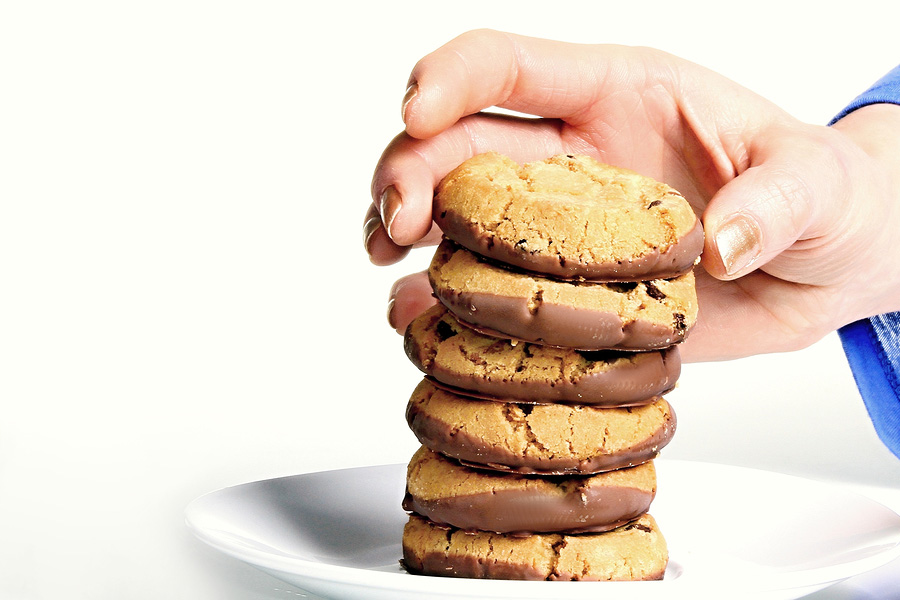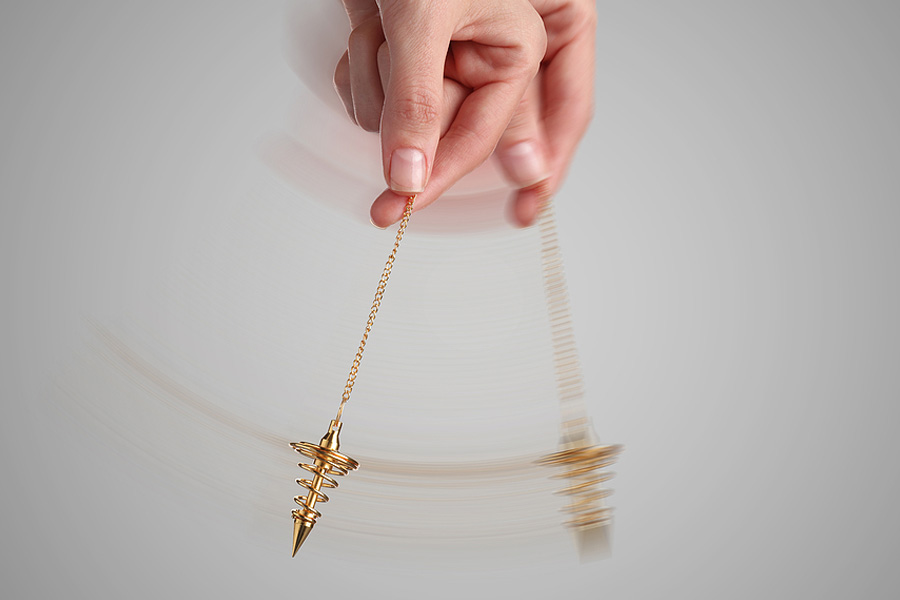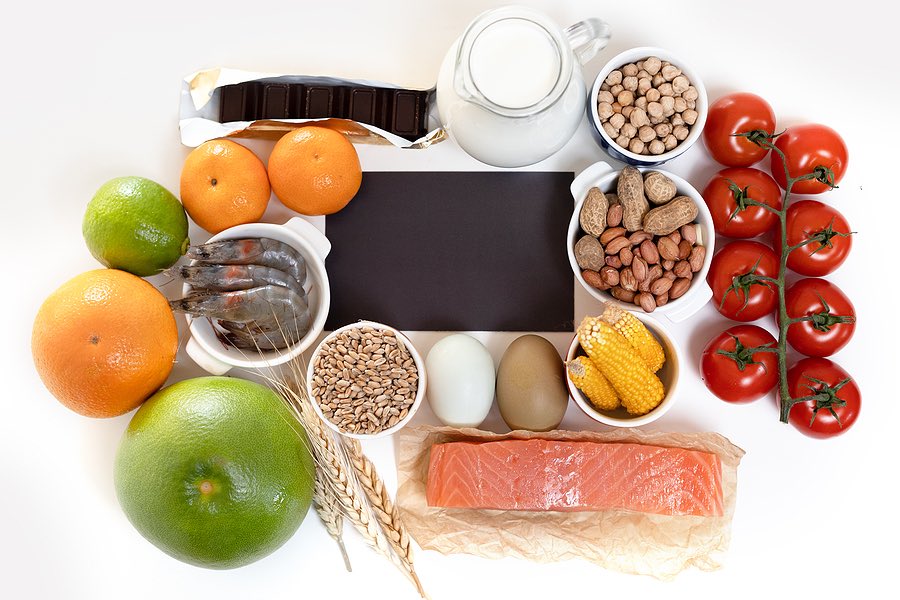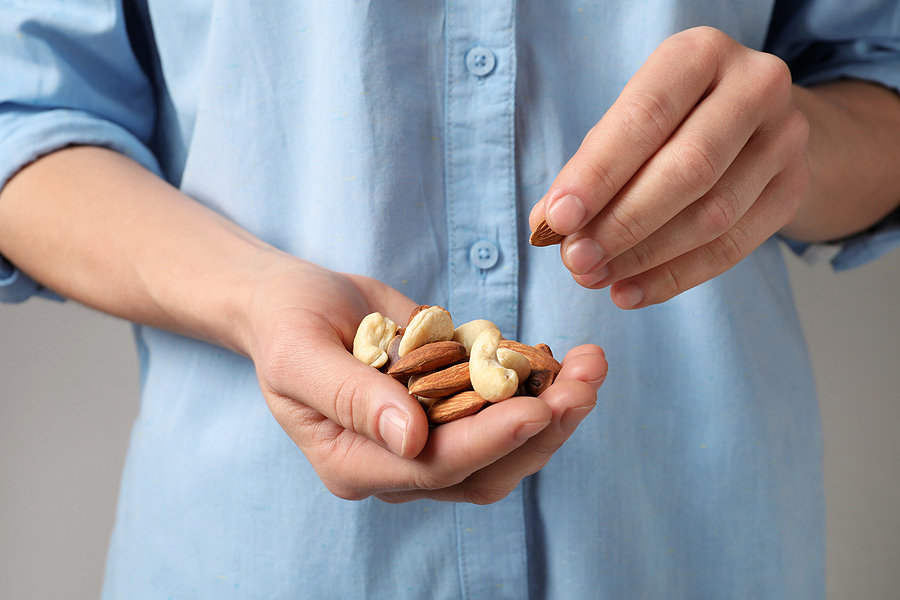About a month ago, I was talking to a friend who mentioned that she wanted to lose a bit of weight this year, especially the extra fat that seemed to have accumulated around her belly and hips almost overnight. Right away, I asked her if she had thought about quitting sugar. This is something I ask (and recommend to) my patients all the time, and sometimes I just can’t help but get into practitioner mode, even with my friends!
I heard the familiar little bit of moaning and groaning (it’s okay, I know how hard it can seem to quit sugar!), and when I insisted, she told me that she wasn’t sure how much of a difference it would make, because she doesn’t have much of a sweet tooth anyways.
This little misunderstanding is just part of what makes sugar so insidious and scary. We all know that we’re going to find a ton of sugar in things like doughnuts and cookies, but we don’t necessarily expect it to be in our pasta sauces and salad dressings. The reality is that sugar– under any of its 50+ names– has become an enormous part of the American diet, and we’re seeing and feeling the consequences.
Excessive sugar intake is not only linked to weight gain and obesity, it has also been proven to contribute to type 2 diabetes, cardiovascular disease, cancer, depression, and digestive issues, to name a few. The average person consumes 120 lbs of sugar each year. That is a lot, as much as some weigh.
Quitting sugar is one of the best ways to lose weight, keep it off, and feel better in general. So many women report lasting benefits like a better mood, clearer mind, and enhanced digestion, along with weight loss once they’ve cut out sugar.
So, why are we still eating so much of it? Well, for one thing, the food industry is constantly coming up with sneakier and sneakier ways to get sugar into the products we buy at the grocery store– even the ones that advertise themselves as being healthier options.
But I think that a huge part of the problem is that most people aren’t fully prepared for a sugar detox. We might know that sugar is unhealthy, but we don’t necessarily know what it’s doing to us, and we don’t know how to deal with the withdrawal symptoms, what we should be eating instead, what we can expect when we quit sugar, and how to do it.
I know that cutting out sugar can be daunting, so I’m going to help you through it with some of my best practical tips for making this change (and making it stick)!
Start with your “why”
Speaking purely from a health perspective, the best time to quit sugar is yesterday! But speaking practically and from experience, I know that jumping into a complete sugar detox without careful planning and a meaningful commitment can mean falling right back into a sugar coma once the withdrawal symptoms hit.
So, before anything else, start by zeroing in on your “why”. What are you looking forward to achieving when you cut out sugar? Think through your health and weight loss goals, and how you want to feel. Encourage yourself, remind yourself to be gentle with your body and mind as you go along, and believe that you can do this, because you can!
And just in case you need any help coming up with your “why”, let me fill you in on some of the facts about sugar.
First of all, the numbers related to processed food and sugar consumption in this country are astounding! Even though researchers, doctors, and nutritionists agree that refined sugar is harmful, and even though most people have a general idea about this, we’re still consuming the equivalent of more than 20 teaspoons of sugar every single day. More than half of the calories in a typical American diet come from processed foods (most of which are sugar-laden), and rates of obesity and chronic illness continue to rise.
The big problem is added sugar. This is the stuff we find in almost all packaged foods. It’s true that there is sugar in whole foods like fruits, but these natural sugars are there alongside vitamins, minerals, and fiber, which helps to keep you satisfied. The kinds of sugar we find in whole foods is also generally absorbed more slowly by the body, meaning that it doesn’t cause the dramatic dopamine rush, insulin spike, and inevitable crash that we get from “fast” carbohydrates and refined sugar.
Sugar consumption wreaks havoc on blood sugar levels, insulin, metabolism, cravings, and our weight.
Because of the effect of added sugar on blood sugar levels and insulin resistance, intake is also associated with increased abdominal fat, which is not only frustrating, it is actually a particularly risky kind of fat that is strongly linked to inflammation and risk of heart disease, cancer, and type 2 diabetes.
Not only is quitting sugar one of the most effective ways to lose weight and keep it off, it is actually one of the healthiest things you can do for yourself! Cutting out refined sugar can significantly reduce your risk of developing type 2 diabetes, heart disease, and other chronic illnesses. There are also huge benefits for your mood, your mind, and your skin.
The reality of sugar addiction
Sugar is insanely addictive! We don’t tend to think of sugar addiction the way that we think about other addictions, like smoking, but sugar is actually more addictive than many controlled drugs. We don’t just want a cupcake or a bag of chips because of the taste, sugar is actually influencing our brain chemistry, neurotransmitter signals, hormone levels, and blood sugar levels, and tricking us into these cravings.
When we eat sugar, a part of our brain involved in the pleasure and reward system gets a signal from the feel-good neurotransmitter dopamine. We also get a dopamine hit when we exercise, have sex, or get a “like” on a Facebook photo. The problem with sugar is that we’re consuming so much of it and stimulating the pleasure system so frequently, we develop a tolerance. This means we crave more and more sugar in order to achieve the same effects– just like a drug.
Sugar can also trick us into thinking we’re hungry in general, causing us to overeat and gain more weight.
Sugar’s addictive nature might make it daunting to quit at first, but once you’ve supported your body through the detoxification process, you will probably find that you rarely crave sugar-laden “foods” at all!
How to combat sugar withdrawal
Most people will experience at least some withdrawal symptoms in the early stages of a sugar detox. This is totally normal, but there are also a number of things you can do to combat withdrawal symptoms and detox more gently.
You definitely want to make sure you always have healthy snacks on hand to stop cravings in their tracks. Healthy fats are great for busting cravings, and for promoting weight loss! Even a spoonful or two of almond butter can do wonders in a pinch. I recommend keeping simple to pack snacks like nuts and seeds with you wherever you are, and packing things like veggie sticks and homemade hummus for outings where you might be tempted to buy something packaged.
Healthy fats will also help with other possible symptoms of sugar withdrawal, like fatigue and muscle aches.
In order to support detox pathways and lessen withdrawal symptoms, make sure to drink plenty of filtered water and practice deep breathing. Getting regular exercise is also helpful, but don’t push yourself too hard– many women feel exhausted and run down in the early stages of sugar detox, and putting too much additional stress on yourself is never helpful. Consider gentler forms of exercise, like nature walks or restorative yoga. Some supplements, like NAC, can also help to support the body’s detoxification pathways.
Make sure you’re getting enough magnesium (many women are not, and might need to supplement) in order to help prevent detox-related headaches.
One of the greatest benefits of eliminating refined sugar from your diet is that your gut microbiome will become more balanced. This is because the types of problematic bacteria and yeast that love sugar will, essentially, starve and die. A balanced gut microbiome made up of diverse, mostly beneficial bacteria is crucial for weight loss and overall health, so this is a good thing! But, when problematic bacteria and yeast begin to die, it can cause temporary digestive symptoms like bloating, diarrhea, or constipation.
Eating gut-loving foods like bone broth can help, as well as taking a probiotic supplement.
Where does sugar hide?
Cutting out sugar means getting used to reading ingredient labels. Sugar is added to all kinds of products you wouldn’t expect. It’s in sauces, crackers, dips, you name it. As a general rule, it’s always best to stick to whole, fresh, unprocessed foods. You’ll quickly find that just about every packaged food item you pick up contains some form of added sugar (and look out for other names like “corn syrup” or “sucrose”).
Because of increased awareness of and desire for healthier and more natural options, the options in the “natural” or “healthy” foods section of many grocery stores have exploded. But keep in mind that most packaged foods still contain sugar, even the ones that market themselves as being healthy options. “Organic”, “all natural”, “gluten-free”, “healthy”, and “low fat” are all claims that have absolutely nothing to do with whether or not a product contains sugar.
In fact, in the case of products that advertise themselves as “low fat”, they usually have more sugar than the regular options! That’s because without fat and sugar, processed food tastes awful. The more fat a manufacturer cuts out, the more sugar they’ll have to add to make their “food” item palatable. This is an infuriating situation for consumers who have been led to believe that fat will make them gain weight, when in fact sugar is the real culprit.
Be careful of artificial sweeteners like sucralose and aspartame, which have also been linked to weight gain and significant disease risk.
Healthy, Sugar-free Eating for Weight Loss
Before you quit sugar, it’s a good idea to put together a rough meal plan for yourself for the first few weeks. Look at the packaged products you currently use, and think about how you will replace them. For example, extra virgin olive oil, lemon, and garlic make for a delicious, healthy salad dressing that can replace packaged options (which almost always contain sugar). Being prepared for these kinds of substitutions can make a huge difference when you’re transitioning to a sugar-free lifestyle.
Plan for meals that include a source of high quality protein (like wild caught fish or organic poultry), lots of vegetables, and healthy fats like avocado, nuts, seeds, or olives.
Make sure to always have healthy, nourishing, satisfying snacks on hand, just in case.
While you’re cutting out added sugar, it’s also a great idea to eliminate refined (white) grains. The body actually processes these grains much like they process sugar, and they are linked to inflammation and weight gain.
It’s usually not a good idea to worry too much about things like calorie count when you quit sugar. You may experience some cravings and feelings of hunger in the beginning, and if you are limiting your overall food intake, things will only get worse. Instead, focus on filling yourself up with nourishing, whole foods. Your body will thank you!
I know that cutting out sugar can seem scary, but so many women who have felt this way at first have ended up saying that it was the best decision they could have ever made for themselves and for their weight loss goals and overall health. You can make the change too, and be your own success story!







